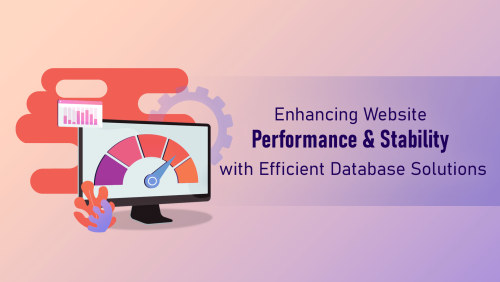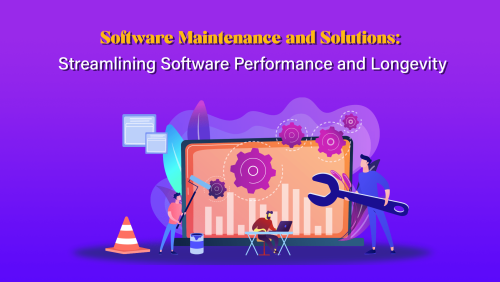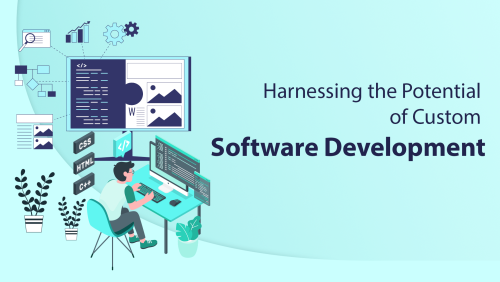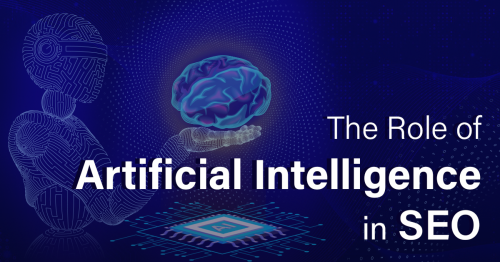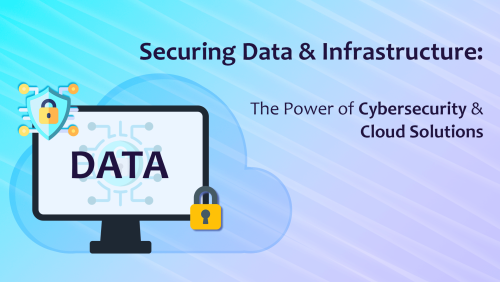
Securing Data and Infrastructure: The Power of Cybersecurity and Cloud Solutions
Cyber security Services
Cybersecurity services are essential for organizations to protect their digital assets, sensitive information, and systems from cyber threats, attacks, and unauthorized access. These services encompass a wide range of practices, technologies, and strategies that aim to prevent, detect, respond to, and recover from cybersecurity incidents. Let's explore some key aspects of cybersecurity services:
Risk Assessment and Management: Cybersecurity services often begin with a comprehensive risk assessment to identify vulnerabilities, potential threats, and their potential impact on the organization. This involves evaluating the organization's assets, systems, networks, and processes to determine the level of risk. Based on the assessment, risk management strategies are developed to prioritize and address the identified risks.
Security Audits and Compliance: Security audits assess the organization's adherence to industry standards, best practices, and regulatory requirements. They evaluate the effectiveness of existing security controls, policies, and procedures. Compliance services ensure that the organization meets the necessary legal, industry-specific, and contractual obligations regarding data privacy, protection, and security.
Security Architecture and Design: Cybersecurity services include designing and implementing robust security architectures that provide defense-in-depth mechanisms. This involves establishing secure network configurations, designing access controls, implementing encryption, and deploying firewalls, intrusion detection and prevention systems, and other security technologies. The goal is to create a resilient and secure infrastructure that protects against various cyber threats.
Incident Response and Management: Cybersecurity services assist organizations in establishing incident response plans and procedures to effectively manage and respond to security incidents. This includes incident detection, containment, eradication, and recovery. Incident response teams work to mitigate the impact of cybersecurity incidents, minimize downtime, preserve evidence, and restore normal operations as quickly as possible.
Threat Intelligence and Monitoring: Cybersecurity services provide continuous monitoring of networks, systems, and applications to detect and respond to potential threats. This includes employing intrusion detection and prevention systems, security information and event management (SIEM) tools, and other threat intelligence platforms. Real-time monitoring helps identify suspicious activities, detect anomalies, and respond promptly to potential security breaches.
Vulnerability Assessment and Penetration Testing: Vulnerability assessment services identify and assess vulnerabilities within an organization's systems, networks, and applications. This includes scanning for software vulnerabilities, misconfigurations, and weak security controls. Penetration testing goes a step further by actively simulating attacks to identify vulnerabilities that could be exploited by hackers. By addressing these vulnerabilities, organizations can strengthen their security posture.
Security Awareness and Training: Employee awareness and training play a crucial role in cybersecurity. Security services often include conducting security awareness programs to educate employees about common cyber threats, safe computing practices, and the importance of data protection. Training programs also focus on equipping employees with the knowledge and skills to detect and respond to potential security incidents.
Data Protection and Encryption: Cybersecurity services emphasize data protection through encryption and access controls. Data encryption ensures that sensitive information is unreadable if intercepted by unauthorized individuals. Access controls enforce the principle of least privilege, allowing only authorized individuals to access specific data or systems. Data loss prevention techniques are also employed to prevent the unauthorized transfer of sensitive information.
Security Incident and Event Management: Security incident and event management services involve collecting, analyzing, and correlating security event data from various sources to detect and respond to security incidents effectively. This includes log management, security analytics, and security orchestration tools that enable centralized monitoring and management of security events.
Business Continuity and Disaster Recovery: Cybersecurity services address business continuity and disaster recovery planning to ensure that organizations can recover quickly from cybersecurity incidents. This includes implementing backup and recovery strategies, establishing redundant systems, and developing incident response plans that encompass business continuity procedures.
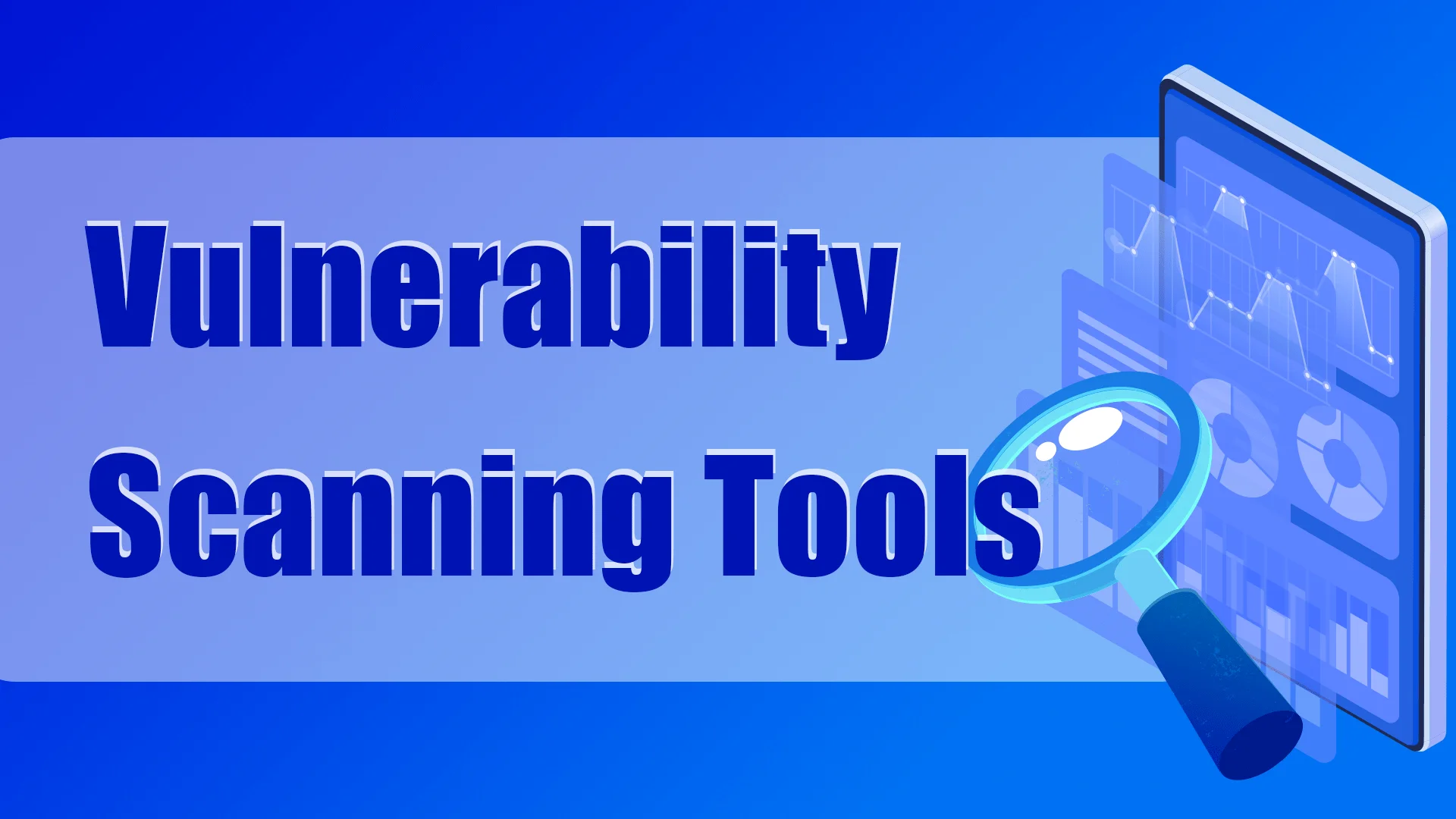
Vulnerability Scanning Tools
Vulnerability scanning tools are essential components of a comprehensive cybersecurity strategy. These tools help organizations identify vulnerabilities and weaknesses in their systems, networks, and applications. By scanning and analyzing the organization's infrastructure, vulnerability scanning tools provide valuable insights into potential security risks and enable proactive measures to mitigate those risks. Let's explore the key aspects of vulnerability scanning tools:
Automated Scanning: Vulnerability scanning tools automate the process of scanning and assessing systems for potential vulnerabilities. They use a combination of techniques, such as port scanning, network mapping, and vulnerability detection, to identify potential weaknesses in the organization's infrastructure. Automated scanning allows for efficient and consistent vulnerability assessments across a wide range of systems and networks.
Network and System Discovery: Vulnerability scanning tools help in discovering and mapping the organization's network and system architecture. By scanning IP ranges, devices, and network segments, these tools create an inventory of assets and identify potential entry points for attackers. This information is crucial for understanding the organization's attack surface and prioritizing vulnerability remediation efforts.
Vulnerability Detection: Vulnerability scanning tools employ various techniques to detect vulnerabilities in systems, networks, and applications. They use vulnerability databases and signatures to compare the scanned systems against known vulnerabilities. Additionally, they may use heuristic or behavioral analysis to identify potential weaknesses not covered by known vulnerabilities. The tools generate reports that detail the vulnerabilities found, including severity ratings and recommended remediation actions.
Configuration Assessment: In addition to identifying vulnerabilities, vulnerability scanning tools assess system configurations for weaknesses that could be exploited by attackers. They check for misconfigurations, weak passwords, unnecessary services or ports, and other configuration-related issues that can pose security risks. By assessing configurations, these tools help organizations strengthen their security posture and reduce the attack surface.
Compliance Checking: Vulnerability scanning tools often include compliance-checking capabilities to verify whether systems meet specific security standards and regulatory requirements. They can assess the organization's adherence to industry standards, such as the Payment Card Industry Data Security Standard (PCI DSS) or the Center for Internet Security (CIS) benchmarks. Compliance checking helps organizations ensure they meet the necessary security controls and demonstrate regulatory compliance.
Continuous Monitoring: Vulnerability scanning tools can be configured to perform regular and automated scans on a predefined schedule. By implementing continuous monitoring, organizations can detect new vulnerabilities that may emerge over time due to software updates or newly discovered threats. Continuous monitoring ensures that vulnerabilities are promptly identified and addressed, reducing the window of opportunity for potential attacks.
Prioritization and Risk Assessment: Vulnerability scanning tools provide insights into identified vulnerabilities' severity and potential impact. They assign risk ratings and prioritize vulnerabilities based on factors such as the likelihood of exploitation and the potential impact on the organization. This helps organizations allocate resources effectively and focus on mitigating the most critical vulnerabilities first.
Integration with Security Operations: Vulnerability scanning tools can integrate with other security tools and systems, such as security information and event management (SIEM) platforms or intrusion detection systems (IDS). Integration allows for correlation of vulnerability data with other security event data, enhancing the organization's ability to detect and respond to potential threats in real time.
Remediation Guidance: Vulnerability scanning tools typically provide remediation guidance to assist organizations in addressing identified vulnerabilities. They offer recommendations, best practices, and actionable steps to mitigate the vulnerabilities. This guidance helps organizations implement appropriate security controls, patches, or configuration changes to reduce the risk associated with identified vulnerabilities.
Reporting and Documentation: Vulnerability scanning tools generate comprehensive reports that document the findings, including vulnerabilities discovered, their severity ratings, and remediation recommendations. These reports serve as valuable documentation for compliance purposes, audits, and management reporting. They also provide a historical record of vulnerability assessments, allowing organizations to track progress and demonstrate
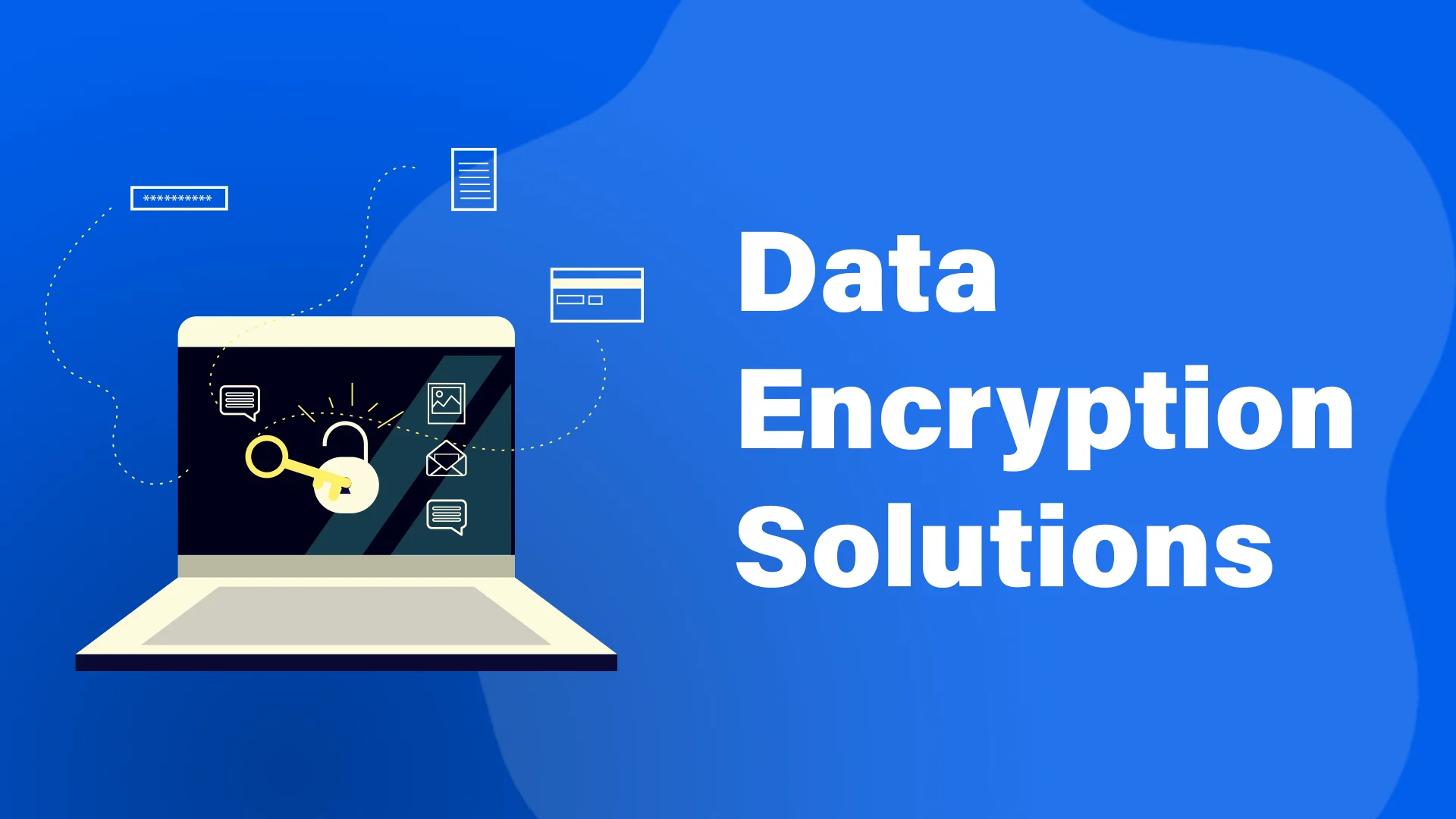
Data Encryption Solutions
Data encryption solutions play a crucial role in safeguarding sensitive information from unauthorized access, ensuring confidentiality and integrity of data. These solutions utilize cryptographic algorithms to transform data into an unreadable format, known as ciphertext, which can only be deciphered with the appropriate decryption key. Data encryption solutions provide a robust defense against data breaches, unauthorized interception, and data tampering. Let's explore the key aspects of data encryption solutions:
Symmetric Encryption: Symmetric encryption, also known as secret-key encryption, involves using a single shared key for both encryption and decryption processes. The same key is used to encrypt the data at the source and decrypt it at the destination. Symmetric encryption algorithms, such as Advanced Encryption Standard (AES) and Data Encryption Standard (DES), are efficient and widely used for securing data at rest and data in transit.
Asymmetric Encryption: Asymmetric encryption, also known as public-key encryption, utilizes a pair of keys: a public key for encryption and a private key for decryption. The public key is openly shared, whereas the private key is securely guarded. Asymmetric encryption enables secure communication between parties without the need for a shared secret key. RSA and Elliptic Curve Cryptography (ECC) are well-known examples of asymmetric encryption algorithms.
Key Management: Effective data encryption solutions incorporate robust key management practices. Key management involves generating, distributing, storing, and revoking encryption keys securely. It includes key generation algorithms, secure key storage mechanisms, key rotation policies, and procedures for key distribution and revocation. Proper key management ensures the confidentiality and integrity of encryption keys, minimizing the risk of unauthorized access.
Transport Layer Security (TLS)/Secure Sockets Layer (SSL): TLS/SSL protocols are widely used to secure data transmitted over networks, such as the Internet. TLS/SSL protocols combine asymmetric and symmetric encryption to establish secure communication channels between clients and servers. They provide encryption, data integrity, and authentication, protecting sensitive data during transmission. TLS/SSL certificates verify the identity of the communicating parties.
Database Encryption: Database encryption solutions protect sensitive data stored in databases. These solutions encrypt the entire database, specific fields, or individual records. Encrypted databases ensure that even if unauthorized access occurs, the data remains unreadable without the decryption key. Database encryption solutions can be implemented at the file level, table level, or column level, depending on the desired level of granularity.
File and Disk Encryption: File and disk encryption solutions secure data stored on physical or virtual storage devices. These solutions encrypt files or entire disks, protecting data at rest. Encrypted files or disks require authentication or decryption before access, ensuring that the data remains protected even if the storage media is lost, stolen, or compromised.
Cloud Encryption: Cloud encryption solutions address security concerns associated with storing data in cloud environments. These solutions encrypt data before uploading it to the cloud, ensuring that only authorized parties can access and decrypt the data. Cloud encryption can be performed by the data owner or by the cloud service provider using techniques such as homomorphic encryption, searchable encryption, or tokenization.
End-to-End Encryption: End-to-end encryption (E2EE) solutions secure data from the point of origin to the point of destination, ensuring that only the intended recipients can access the decrypted data. E2EE is commonly used in messaging applications, email services, and voice-over-IP (VoIP) communication. It prevents intermediaries, including service providers, from accessing or intercepting the data.
Hardware Encryption: Hardware encryption solutions use dedicated hardware modules or secure processors to perform encryption and decryption operations. Hardware encryption can provide faster and more efficient encryption processing compared to software-based solutions. It is commonly used in devices such as USB drives, self-encrypting hard drives, and hardware security
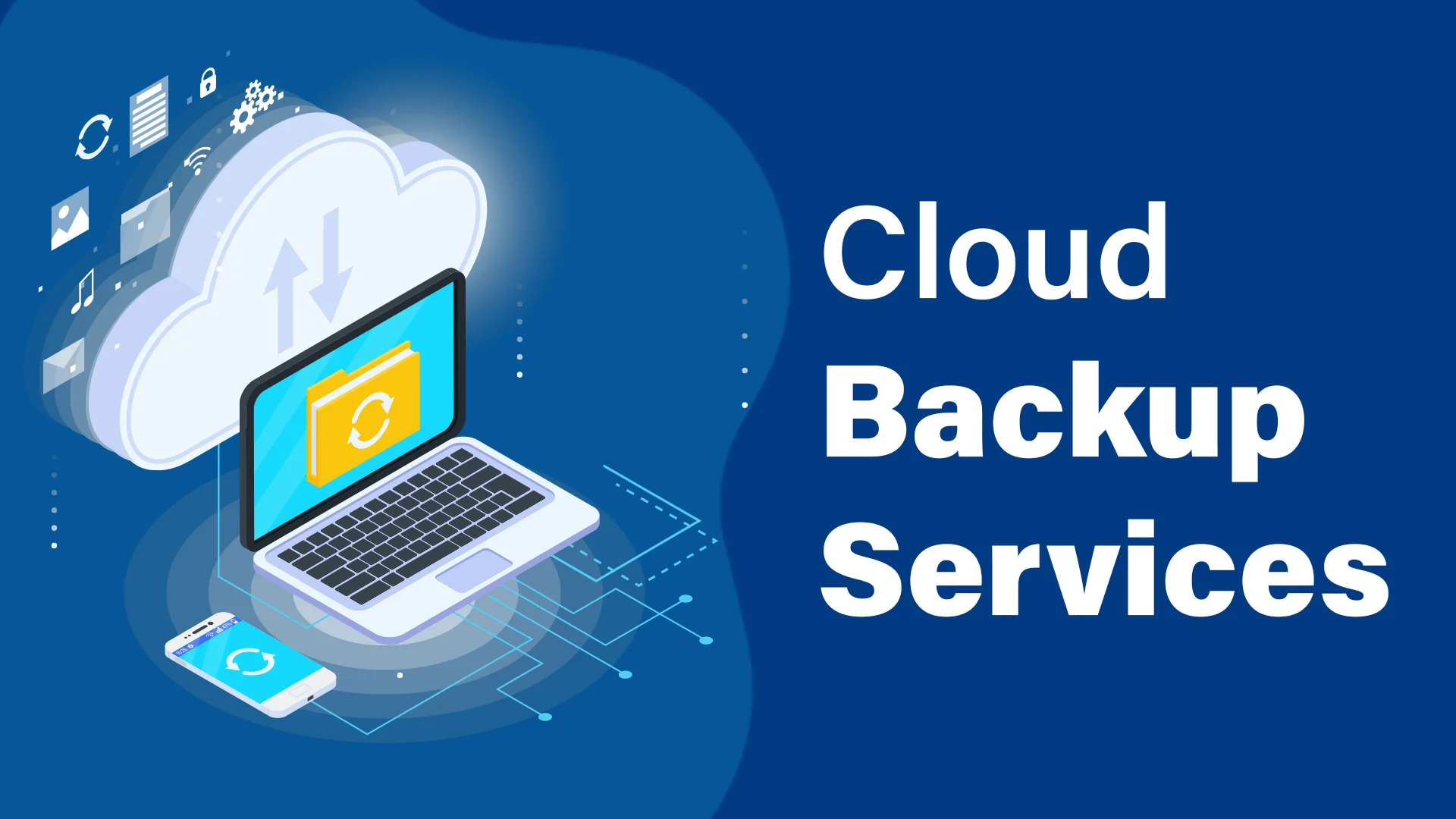
Cloud Backup Services
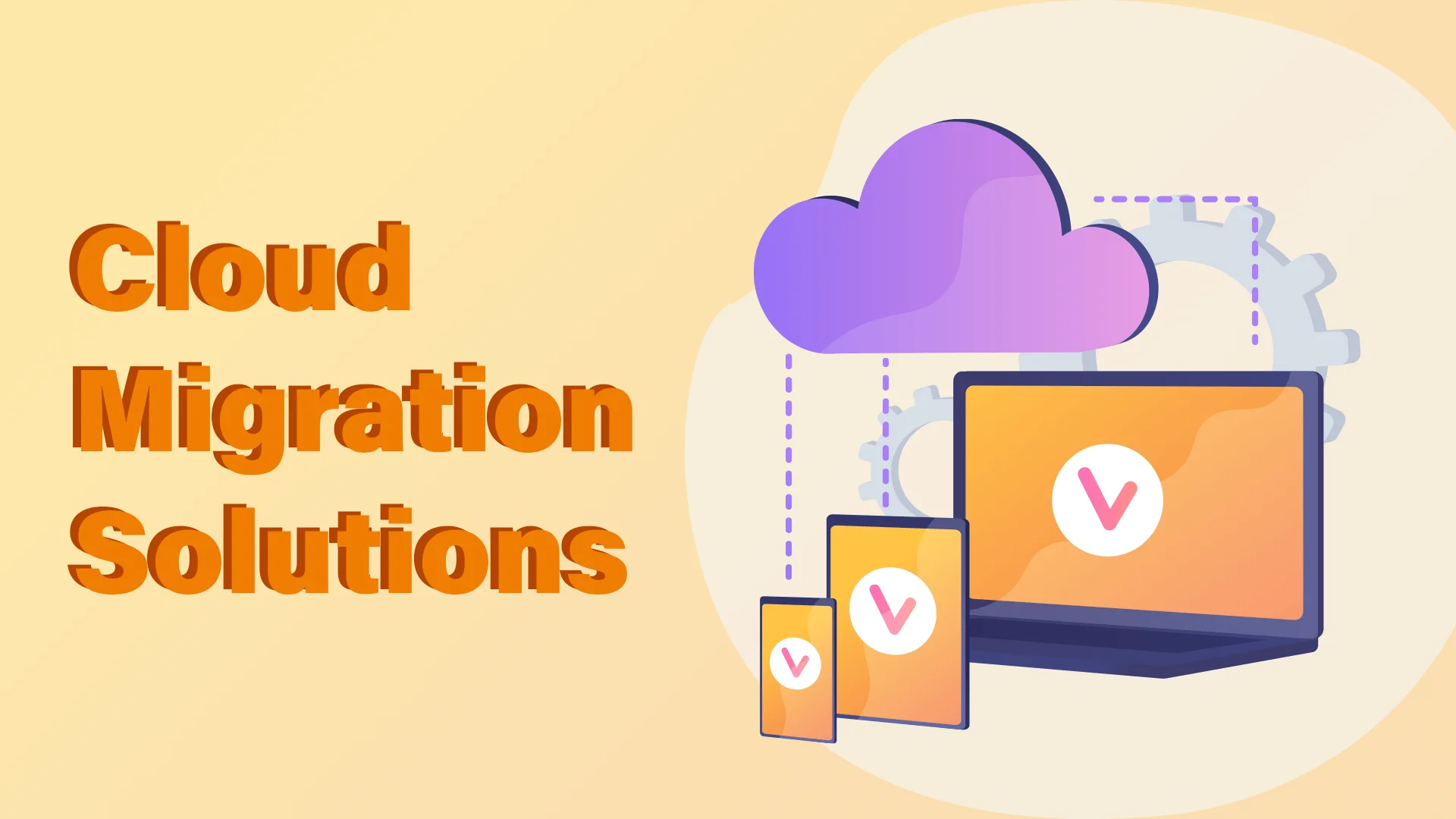
Cloud Backup Services
Cloud migration solutions facilitate the seamless transition of applications, data, and infrastructure from on-premises environments to cloud-based platforms. These solutions enable organizations to leverage the scalability, flexibility, and cost-efficiency of cloud computing while minimizing disruptions to business operations. Cloud migration solutions encompass a range of tools, methodologies, and services that help organizations plan, execute, and optimize their migration journey. Let's explore the key aspects of cloud migration solutions:
Assessment and Planning: Cloud migration solutions begin with a thorough assessment of the organization's existing infrastructure, applications, and data. This assessment helps identify the most suitable cloud platform and migration strategy based on factors such as workload characteristics, performance requirements, security considerations, and cost optimization. Planning involves defining the migration roadmap, prioritizing workloads, estimating costs, and setting realistic timelines for the migration process.
Lift and Shift Migration: Lift and shift, also known as rehosting, is a common migration strategy where applications and systems are migrated to the cloud with minimal changes. Cloud migration solutions provide tools and automation capabilities to lift existing virtual machines, containers, or physical servers and deploy them in the cloud environment. This approach offers a quick and straightforward migration path, minimizing the need for significant application modifications.
Application Refactoring and Modernization: Cloud migration solutions support application refactoring and modernization strategies to take advantage of cloud-native capabilities. This involves optimizing applications for cloud architectures, such as breaking monolithic applications into microservices, adopting containerization, or leveraging serverless computing. Migration tools and services provide guidance and automation to streamline the refactoring process and enhance application performance, scalability, and resilience in the cloud.
Data Migration: Cloud migration solutions facilitate the migration of large volumes of data from on-premises systems to cloud storage services. They offer mechanisms for efficient data transfer, such as offline disk shipping, direct network transfer, or data synchronization over the Internet. Data migration tools ensure data integrity, security, and minimal downtime during the transition, enabling organizations to seamlessly move their data to the cloud.
Network and Connectivity: Cloud migration solutions assist in establishing network connectivity between the on-premises environment and the cloud platform. They provide guidance on network architecture, virtual private networks (VPNs), direct connections, or dedicated links to ensure secure and reliable communication between the two environments. These solutions help organizations design robust and scalable network infrastructures to support cloud-based applications and services.
Security and Compliance: Cloud migration solutions prioritize security and compliance considerations throughout the migration process. They assist organizations in designing and implementing security controls, such as identity and access management (IAM), data encryption, network security, and monitoring solutions, to protect data and applications in the cloud. Compliance frameworks and best practices are integrated to ensure adherence to industry-specific regulations and data protection standards.
Testing and Validation: Cloud migration solutions offer testing and validation capabilities to verify the functionality and performance of migrated applications. They provide tools for automated testing, load testing, and performance monitoring to ensure that applications perform as expected in the cloud environment. Testing and validation help identify and address any issues or dependencies before fully transitioning to the cloud.
Cost Optimization: Cloud migration solutions assist organizations in optimizing costs associated with cloud resources. They provide insights into resource utilization, workload patterns, and cost management tools to help organizations right-size their cloud infrastructure, choose appropriate pricing models, and monitor cloud spend. Cost optimization strategies help organizations achieve maximum cost-efficiency and align their cloud expenses with business objectives.
Ongoing Management and Optimization: Cloud migration solutions support ongoing management and optimization of cloud environments. They provide monitoring, logging, and analytics capabilities to track performance, detect anomalies, and optimize resource allocation. These solutions enable organizations to continuously refine their cloud infrastructure, application deployment, and security posture to ensure optimal performance and cost
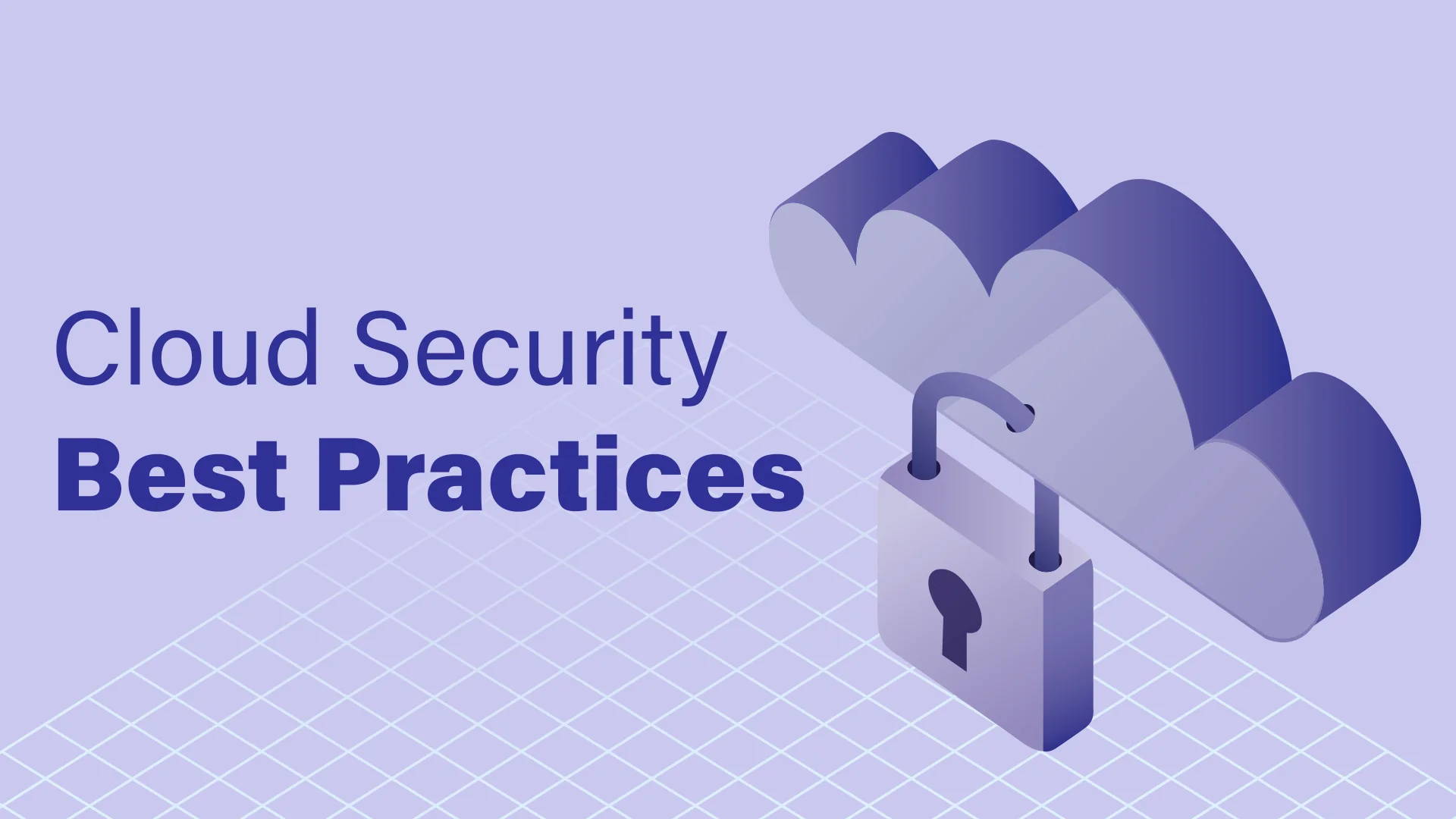
Cloud Security Best Practices
Cloud Security Best Practices
Ensuring robust security measures is vital when leveraging cloud computing services. Cloud security best practices help organizations protect their data, applications, and infrastructure from unauthorized access, data breaches, and other security threats. By following these practices, organizations can enhance the overall security posture of their cloud environments. Let's explore some key cloud security best practices:
Strong Access Controls: Implement stringent access controls to restrict unauthorized access to cloud resources. Utilize strong and unique passwords, implement multi-factor authentication (MFA), and regularly review and revoke access privileges for users. Employ role-based access controls (RBAC) to assign permissions based on job responsibilities, limiting access to only necessary resources.
Data Encryption: Encrypt sensitive data at rest and in transit within the cloud environment. Utilize strong encryption algorithms and ensure that encryption keys are securely managed. Implement secure protocols such as Transport Layer Security (TLS) or Secure Sockets Layer (SSL) for data transmission. Encryption provides an additional layer of protection, even if unauthorized parties gain access to the data.
Regular Security Patching: Keep all cloud-based systems, applications, and virtual machines up to date with the latest security patches. Regularly update software and firmware to address vulnerabilities and protect against known security exploits. Automated patch management solutions can help streamline the process and ensure timely updates.
Network Security: Implement network security measures to safeguard cloud-based resources. Utilize firewalls, intrusion detection and prevention systems, and virtual private networks (VPNs) to protect data in transit and isolate critical systems from unauthorized access. Segregate networks and apply network segmentation to minimize the potential impact of a security breach.
Security Monitoring and Logging: Employ robust monitoring and logging solutions to track and analyze activities within the cloud environment. Monitor for security events, anomalies, and suspicious activities. Log and retain relevant data to aid in incident response, forensic investigations, and compliance requirements. Consistently examine logs to detect potential security incidents or signs of compromise.
Regular Security Assessments: Perform regular security assessments and vulnerability scans to identify and address security weaknesses. Conduct penetration testing to simulate real-world attacks and assess the effectiveness of security controls. Engage third-party security auditors to perform independent security assessments to ensure a comprehensive evaluation.
Data Backup and Disaster Recovery: Implement regular data backups and establish robust disaster recovery mechanisms. Ensure backups are securely stored and regularly tested for data integrity and recovery effectiveness. Plan and practice incident response procedures to mitigate the impact of security incidents or data breaches.
Security Awareness and Training: Educate employees on cloud security best practices and potential security risks. Conduct security awareness training programs to raise awareness about phishing attacks, social engineering, and other common security threats. Foster a security-conscious culture within the organization to promote responsible cloud usage and adherence to security policies.
Cloud Provider Security: Understand the security measures and capabilities offered by the cloud service provider. Evaluate the provider's security certifications, compliance with industry standards, and data protection practices. Review service level agreements (SLAs) to ensure they align with the organization's security requirements. Regularly assess the provider's security posture and engage in ongoing communication regarding security concerns.
Regulatory Compliance: Consider regulatory compliance requirements specific to the organization's industry and geographical location. Understand data privacy regulations, data sovereignty requirements, and other relevant compliance standards. Ensure that the cloud environment meets these requirements, and collaborate with the cloud service provider to ensure shared responsibility for compliance.
By adhering to these cloud security best practices, organizations can enhance the security of their cloud environments, protect sensitive data, and mitigate potential security risks. Regular assessments, continuous monitoring, and proactive security measures contribute to a robust and secure cloud infrastructure.



